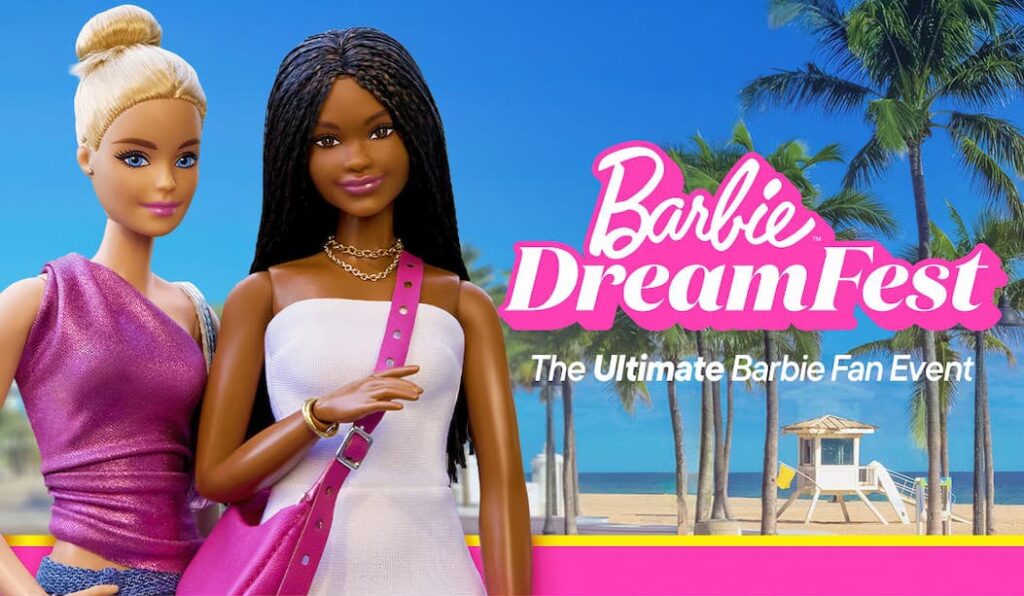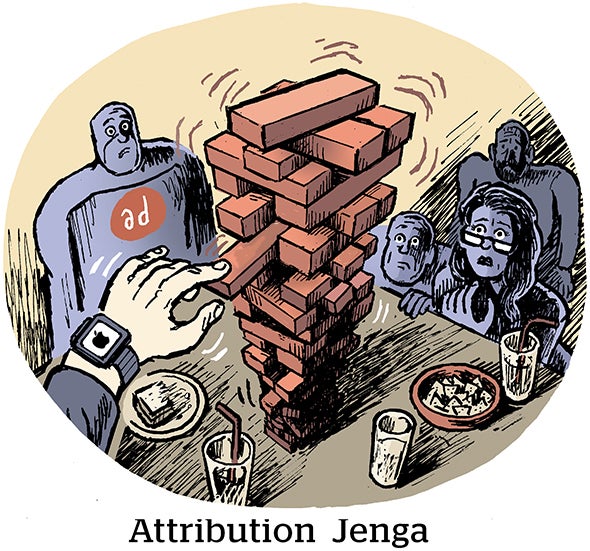Spira Footwear has carved a niche in the running-shoe market with a patented model that has metal springs in the soles. The shoes are designed to help absorb shock and return energy to the runners’ feet.
But there’s a problem with Spira’s quest to take on Nike, Reebok, Adidas, and Asics: The Spira shoes cannot be worn in competition. Governing bodies the International Amateur Athletic Federation (IAAF) and USA Track & Field consider them “performance enhancers” and have them on their list of banned items alongside steroids and the like.
So to cash in on its bad-boy reputation in the running world, Spira announced on Nov. 3 that it would award $1 million to any male or female runner who wins the 2006 Boston Marathon in a pair of its shoes. (Should both a male and a female win the Boston Marathon in a pair of the banned shoes, they will split the $1 million pot.) Last year the winners of the Boston Marathon won only $100,000 each.
“Over the years, we’ve seen new sports products get banned for two reasons: health and safety reasons, like steroids, or because they’re not widely available to participants,” Spira CEO Andy Krafsur said during the press conference to announce the “Banned In Boston” campaign. “Neither is the case with our shoes.”
New York-based Leverage Sports Agency launched a Website for Spira, spirabannedinboston.com, which it will use to educate runners about the shoe and its benefits, and where elite runners can sign up to wear a pair of the shoes in the Boston Marathon. Marathoners are already sprinting to wear the shoe in April’s race: Prior to the press conference, elite Kenyon runners Phillip Metto, Abraham Koftei, and Simon Sawe signed on to wear the shoe while racing in the Boston Marathon.
Should a runner win in a pair of Spira shoes, he or she would be the first champ disqualified from the Boston Marathon since 1980, when Rosie Ruiz snuck into the race at the 24-mile mark in 1980.
So far Spira has relied on word of mouth to boost sales. For example, ultramarathon runner Trishul Cherns, who competed in a 3,100 nonsanctioned race in New York that started in July and ended in August, said at the press conference that he’d loaned a pair of Spiras to Srdjan Stojanovich of Serbia-Montenegro, who had complained about sore feet. Stojanovich ended up winning the race–and didn’t return the shoes.
Since landing on the list of banned footwear in 2002, Spira has seen sales grow from $650,000 to $3.9 million in 2004. Sales are expected to reach $8 million in 2005.
At the press conference, Krafsur noted that some types of equipment that had once been banned eventually helped revolutionize sports. He cited Head’s oversize drivers for golf and oversize tennis racquets and Worth’s original aluminum bats. Clearly he’s hoping that the Spira shoe will soon be another example—and it just well might. Just prior to the Nov. 3 announcement, the IAAF suddenly changed its stance on Spira shoes and deemed them legal, Krafsur said.



